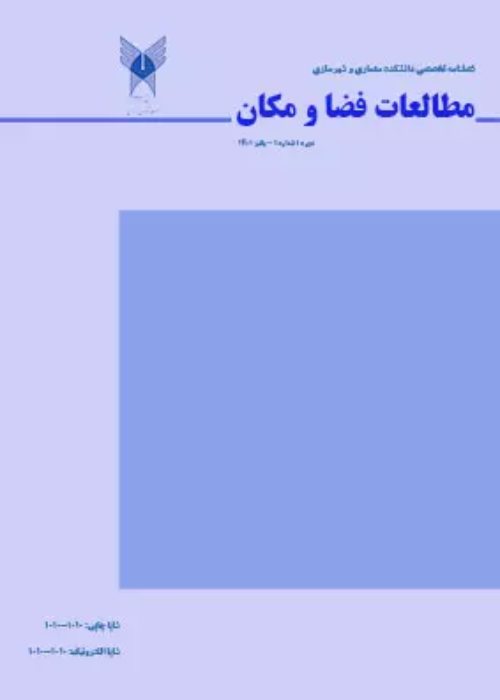Evaluative Image in Social Spaces by Enhancing Collective Memory and Likability in the City (Case Study: The Area of Quds Square to Imamzadeh Hassan in the City of Karaj)
Visual quality can have strong impacts on experience and satisfaction with exposure to the environment. The evaluative image depends on the placement of environmental symptoms and evaluations that shape emotions, perceptions, and behaviors. Effective components such as time, place, and companionship enhance collective memory and remembering place. Cultural roles are shaped by the mental image and create an antisocial personality for of travelers, buyers, visitors and other people who experience the landscape of the city. Therefore, the presence of cultural - historical spaces in the area of Imamzadeh Hassan to the Quds square, with special potential to create community-oriented spaces, enhance the likability of the place .The research focuses on influencing of the collective manifestation and the continuity of presence on cognitive patterns of urban spaces. The purposes is achieving the guiding framework and create social urban open spaces, so descriptive-analytical method by conducting field studies, identify the quality of event spaces and its necessary facilities and specifications from the perspective of citizens. To strengthen the sense of collective memory in community-based, solutions are provided to establish and produce the necessary conditions.Research finding represent four criterions to identify mental images in collective memory in urban spaces, pleasantness, exciting, anxious and boring are effective in evaluating the quality of space. To create event-oriented spaces at the city level, it is important to identify the relationship of mental images with psychological and sociological criteria.
-
Constructing an Interdisciplinary Educational Model in Architectural Education
Sara Dashtgard, Kaveh Bazrafkan *, Heidar Jahanbakhsh
Karafan, -
A Comparative Study of Architecture Curriculum Content based on Zeitgeist
S. Dashtgerd, K. Bazrafkan *, H. Jahanbakhsh
Technology of Education Journal,



